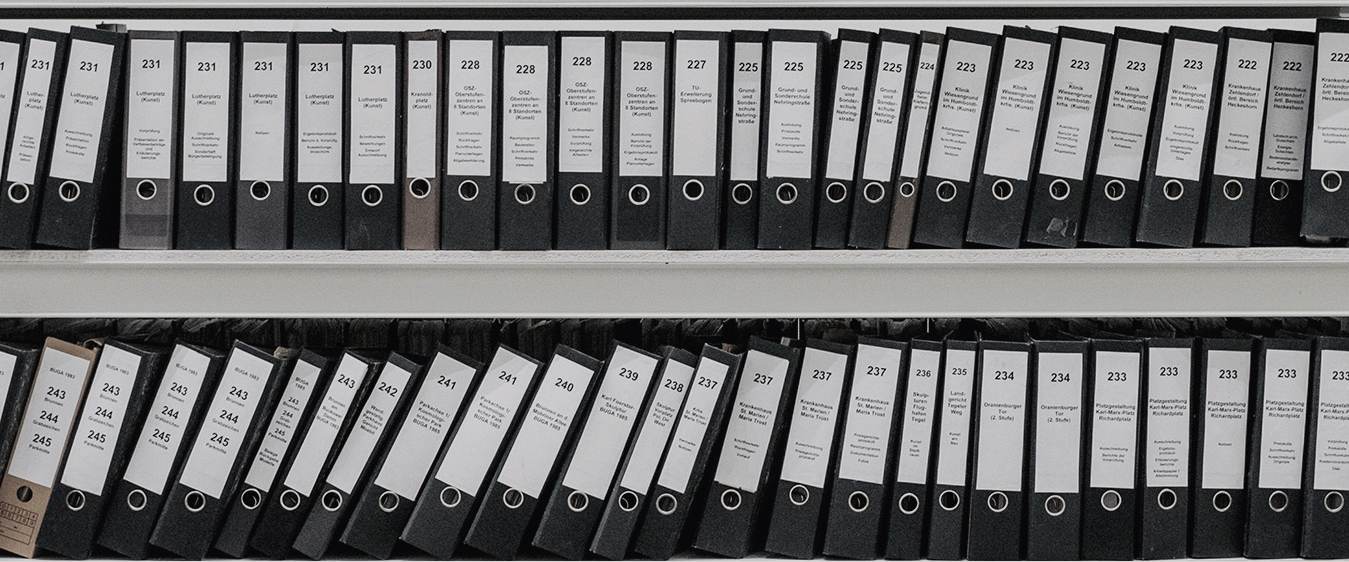

 4154|
2020/02/29|
Email Marketing
4154|
2020/02/29|
Email Marketing
Google ‘SEO’ and you’ll find a multitude of technical tips on how to improve your website’s search ranking. But you won’t often find much about how your mailing list can help too. Let’s look at the hidden relationship between SEO and email marketing.
We divide SEO into three key areas:
all the things you do to your content to improve its chances of appearing in search results – adding the right keywords in your copy, using headers and page titles correctly, and so on.
sourcing backlinks to your website from other sites (every quality backlink you get, essentially counts as a “vote” for your content).
configuring the technical aspects of your website, so that it conforms to search engine guidelines (for example, ensuring that it loads quickly, works across devices, contains an XML sitemap, etc.).
There are quite a few reasons why social shares can boost search rankings, but a simple one is that they dramatically increase the number of people reading your content. This, in turn, increases the number of people who end up creating a link to your site from theirs (a backlink).
Search engines take backlinks into account. In fact, they are vital in determining how well a site performs in search. Social sharing, in a roundabout or indirect way, gets you more backlinks – the reason why you see so many “share this” icons plastered all over websites.
Email marketing is another one of these “peripheral” tactics you can use to increase the number of backlinks to your website – and thus its ranking. But unlike social sharing, it’s often completely overlooked.
In this post, I’m going to drill down into how you can use a mailing list and newsletters to boost the position of your content in search results.
Just as Google doesn’t take the size of your social media following directly into account when ranking your website in search, it’s not going to take a look at the size of your contact list (in fact it can’t!). It also won’t conclude that because yours is bigger than your key competitor’s, your site should rank higher in search.
However, size does matter, and here’s why: the bigger your mailing list, the more people you can drive to your content via newsletters. The more people you drive, the greater the chance of some of them
The people who went to the trouble of signing up to your email list are likely to be the most engaged consumers of your content. And by extension, to create those valuable backlinks to it (or share it on social media).
The question is: how do you build a large mailing list?
The secret to mailing list growth usually lies in two things:
getting a lot of visitors to your website,
As for driving large quantities of traffic to your site, this will usually boil down to how well you’ve optimized your site for search engines
Another option is to use online advertising to generate large levels of traffic – if your budget permits.
Whatever way you go about attaining your website visitors, you’ll be missing a trick if you don’t ensure that as many of them as possible sign up to your mailing list.
There are several tactics you should use to convert visitors to subscribers:
Once you’re capturing subscribers onto your mailing list effectively, it’s time to send newsletters to them in a way that actively improves your site’s position in search results.
More often than not, business owners view newsletters as a way to sell stuff – to highlight special offers, new products, and so on. This is all very well and good, and an important use of an email list, but if you focus exclusively on using newsletters this way, you are missing an SEO opportunity.
While it’s fine to send newsletters which promote your goods and services periodically, you also need to focus on using newsletters to promote your content – all the blog posts, infographics and free web tools that you have published on your website to attract visitors.
Ideally, you should identify the most valuable content on your site and plan an email communications cycle which drives people to it.
The good news is that you can use automated emails, called autoresponders, to manage this process for you. Apps like GetResponse allow you to set these up so that every time somebody joins your mailing list, they will automatically start receiving newsletters – at intervals of your choosing – which direct people to your most important pieces of content.
You can go a step further with autoresponders by using marketing automation to send particular pieces of content to the subscribers who are most likely to appreciate it.
For example, if you run a website about cars, you could use marketing automation to send articles about Audie to people who signed up in the Audi reviews section of your site; articles about Toyotas to people who signed up in the Toyota section – and so on.
You’ll get the most engaged people you can eyeballing the content that is most relevant to them. This is a key aim of all SEO work because the more people consume and enjoy your content, the greater the chance of backlinks being created to it. And more backlinks, as we know, means better search rankings.
A major part of SEO is backlink outreach – contacting people who run websites and blogs to get them to link from their content to yours.
It’s easy to forget that you can use your own mailing list for this very purpose.
If you are in the fortunate position of having thousands of subscribers on your mailing lists, and a large number of quality posts on your site, why not encourage your most loyal followers to help you with your backlink building efforts?
In the newsletters to my subscribers, I come right out and say it:
Here’s a link to a post you might find relevant to your business. If you enjoy it, it would be great if you could consider creating a link to it on your website or blog.
Now, not everybody on your mailing list will have a website, but a proportion of your subscribers will. Even if only a small number of these site owners create a backlink to your site, this can have a highly beneficial impact on your search results.
It almost goes without saying at this point that it’s a good idea to encourage people to share your newsletters – or their content – on social media.
Most email marketing apps let you add social sharing icons to your newsletters easily enough, and some also allow you to connect your social profiles to the app so that your newsletters are automatically published on your social profiles as soon as they are broadcast.
And it doesn’t hurt to include a “please share on social media” call to action in your newsletter either.
To sum this all up

The contract for the design and development of the Yaks Brand website

Digital advertising is one of the most powerful and most popular methods of reaching consumers and driving business results.